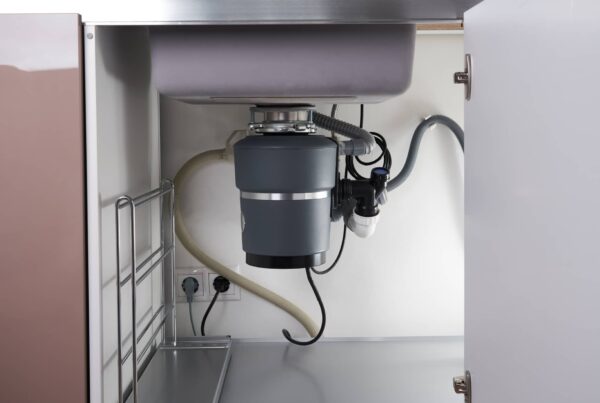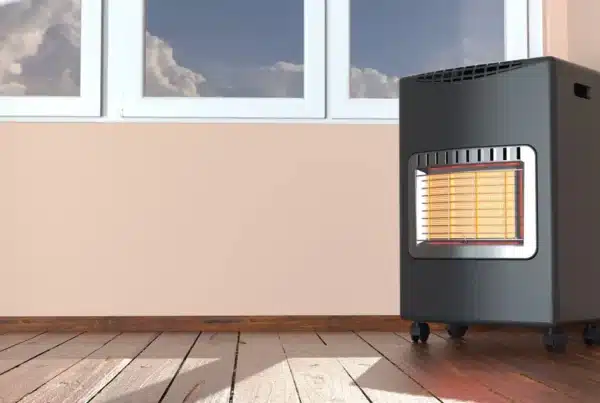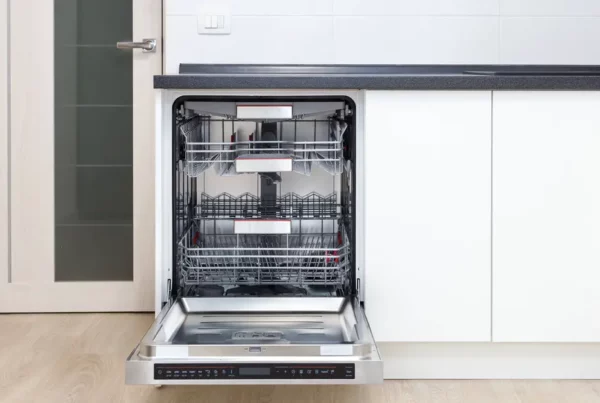
When it comes to being a homeowner, there are a lot of projects to consider. When you decide to make changes to the home, be sure that you have all of the information prior to completing a project. Installation of new items like vinyl siding to the exterior of your home could come with some added work. For example, if the installation of your vinyl siding isn’t done in a detailed manner, you might notice some gaps between your vinyl planks or corner coverings. How to seal gaps in vinyl siding? The easiest way is to caulk or add expanding foam to the areas of the vinyl siding that need to be filled.
Let’s take a look below at all that is needed for this home improvement project.
What Is Vinyl Siding
Vinyl siding is one of the more popular choices for home exteriors. This is because it is durable, easy to clean, and comes in a variety of colors. Most of the time, because vinyl is a durable plastic it has very low maintenance and doesn’t fade as home paint might. A good quality vinyl siding could last between 20 and 40 years.
When Would I Know
Believe it or not, there are a variety of ways to determine when your siding needs to be sealed or replaced. Let’s take a look below at some of those times:
- Holes, dents, or chips: vinyl siding can be damaged in storms by flying debris, or even a kid’s athletic balls being thrown off the wall. If this occurs, you need to immediately make a repair or risk insects and other pests entering the home.
- Cracked or loose siding – repair any cracks or loose siding right away. Failing to do so allows water and moisture to enter the home and energy to leave the home.
- Dry rot – you might have panels looking great but the underneath wood that it is attached to could be rotting. If this is the case, you will need to have your vinyl siding fixed or replaced.
- Repainting – if you are needing to repaint your siding too often, it should be replaced. This is a sign that the waterproofing is wearing off.
- Warping or bubbling – if you notice warping or bubbling of the panels this means that they are losing their ability to handle extreme weather. This can expose your home to more damage and the panels should be replaced.
- Mold, mildew, and fungus – this occurs often when moisture has gotten in underneath the vinyl siding. You will want to ensure that the panels are inspected for any water protrusion and replaced if this has occurred.

What Do I Need
If you are the type of homeowner that likes to do projects on your own, then you will need the following materials and equipment to successfully seal your vinyl siding.
- Caulk gun
- Acrylic Latex Caulk
- Tin Snips
- Zip Tool
- Hammer
- Utility Knife
- Pencil
- Gloves
- Goggles
- Rags
- Expanding foam
- Mineral spirits
- Flashlight
How Do I Complete This Project
Making sure that your vinyl siding is sealed up tight is imperative to preserving your homes energy levels. You wouldn’t want to lose hot or cold air from your home due to openings in your vinyl siding. Here are some steps that you can follow to ensure that all is sealed up.
- Inspect the siding – make sure that any small gaps or small holes are marked so you can fill them.
- Check the size – measure the size of the gap with a pencil to determine how much material you might need to seal that hole.
- Check the attic and/or basement – if you notice light coming into the attic or basement then those areas of the vinyl siding need to be sealed in order to keep out insects and pests.
- Safety gear – make sure to wear protective goggles and gloves so that you don’t get caulk or spray foam on your skin.
- Start small – seal your small areas first. These are usually 1/4 inch wide and typically can be sealed with simple latex caulk.
- Finish larger areas – if the area of the opening is 1/2 inch or larger, you will likely need to use spray foam. Spray foam will expand and cover a larger opening so that less material is needed to seal that location.
- Paint – paint any areas where you used a mismatched color spray foam or caulk. You want everything to blend in with the color of the vinyl. Make sure the caulking is dry before applying any paint.
Other Options
In some cases, the vinyl layers were not overlapped and connected properly. This could create openings and crevices for rodents and insects to get into. Use the following steps to fix this issue, or call a professional.
- Slide the panels together – if the opening is too large, you will want to attempt to reconnect your vinyl panels by sliding them together for a tighter fit.
- Purchase a tool – go to your local hardware store and purchase a zip tool. This tool is needed to slide the two pieces back together.
- Unlock the pieces – use your zip tool instructions on the back of the packaging to learn how to free up the vinyl siding on each side of your gaps. Make sure to slide the siding so that they slightly overlap. Make sure that you don’t slide it too much and expose other openings.
- Secure the pieces – once you are happy with the overlap locations, you can hammer a nail into the right and left flange holes on the ends of the vinyl siding pieces. Make sure that the nail isn’t driven too tightly as your vinyl will expand and contract with the various weather conditions.
How Much Does It Cost
The national average repair costs for vinyl siding is $2 to $4 per square foot. If your home needs 200 square feet of repairs, it will cost you around $800. Keep in mind that replacing vinyl siding could end up creating a mismatched color scheme. Consult your contractor before beginning this project.
Other Recommended Maintenance
Now that you know about vinyl siding, there are some more areas you can keep an eye on. One of those is the amount of foundation exposed to the home. Most homes have at least a 6-inch exposure after grading is complete. This is important so that water runs away from the home and that you aren’t collecting water around the foundation of the home.
Sometimes homeowners wonder if they can paint vinyl siding. You can and it can save you money and make it look fresh. However, there are also a lot of reasons not to such as it can void the warranties, so you want to take a look at the manufacturer’s guidelines first.
Lastly, when we move into a new house, we like to spruce up the yard. Also, sometimes during the year, our yard needs some new color. You can put a flower bed, plants, mulch, or grass around the foundation of a house but make sure it stays moist and water flows away from the home.

When Do I Call A Professional
Hiring a professional to seal your vinyl siding is a great idea. In some cases, there is more work involved than just simply filling in holes. If you aren’t sure which general contractor or siding specialist is reputable, reach out to your local home inspection team. Not only can they refer you to a reputable company, but they can ensure that you are aware of what spaces need to be sealed.
Conclusion
Making sure that your vinyl is sealed will prevent a lot of future headaches. There is a lot that could occur if your vinyl isn’t sealed. Rodents or other insects can gain access to your home. Also, you could experience high moisture levels in the home and lose some of the energy in your home. It is a great idea to call on your local home inspection team so that they can inspect your vinyl siding and ensure that all holes and crevices are sealed shut. Call Waypoint Property Inspection to inspect your home in Tampa, St. Petersburg, Lakeland, Orlando, Palm Beach, Ft. Lauderdale, and surrounding areas.



